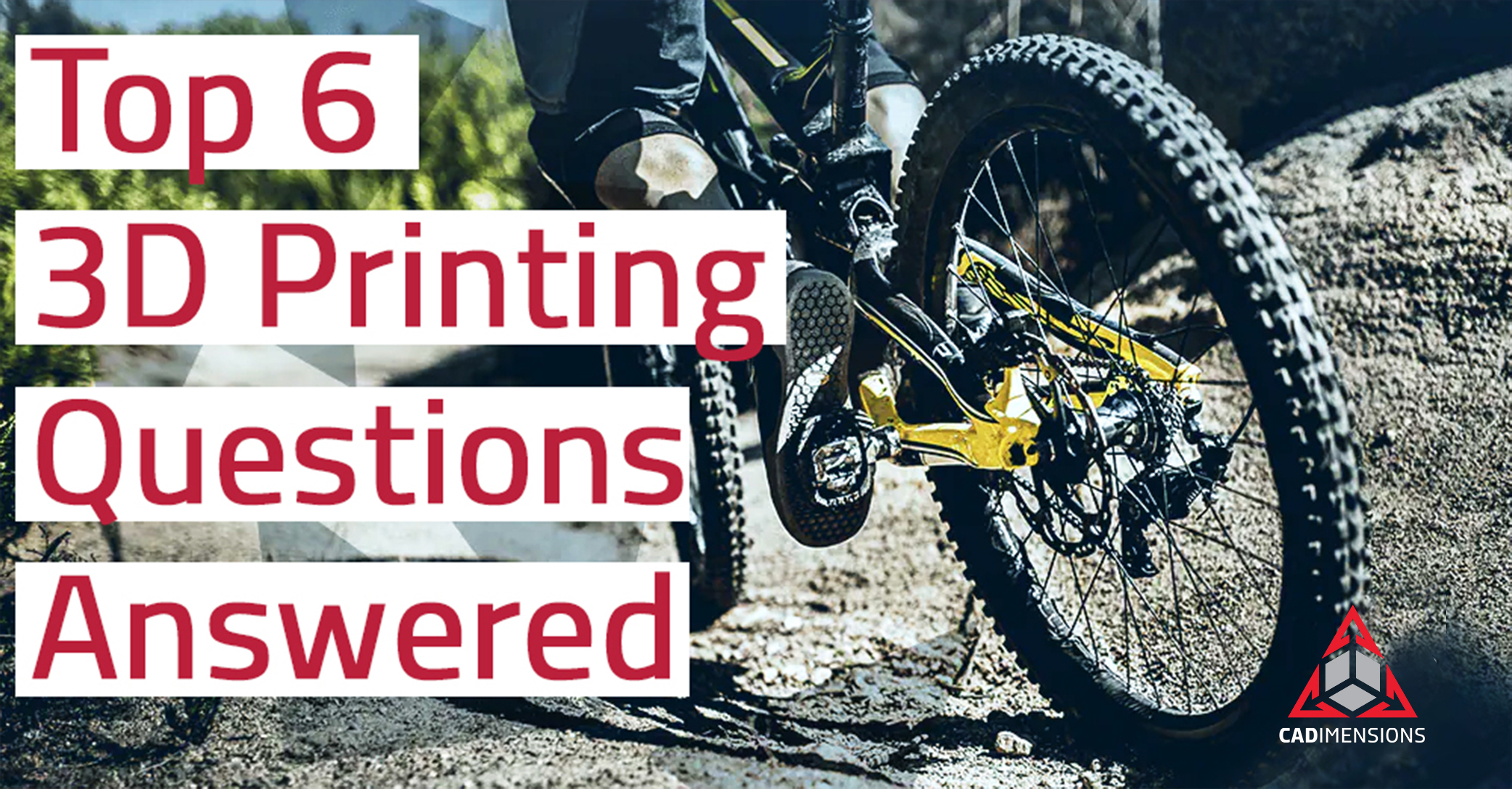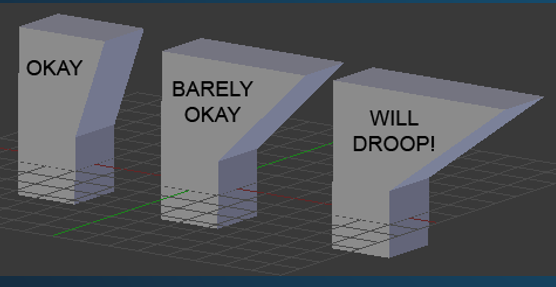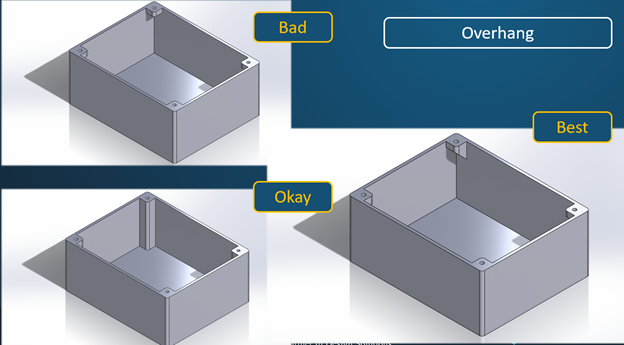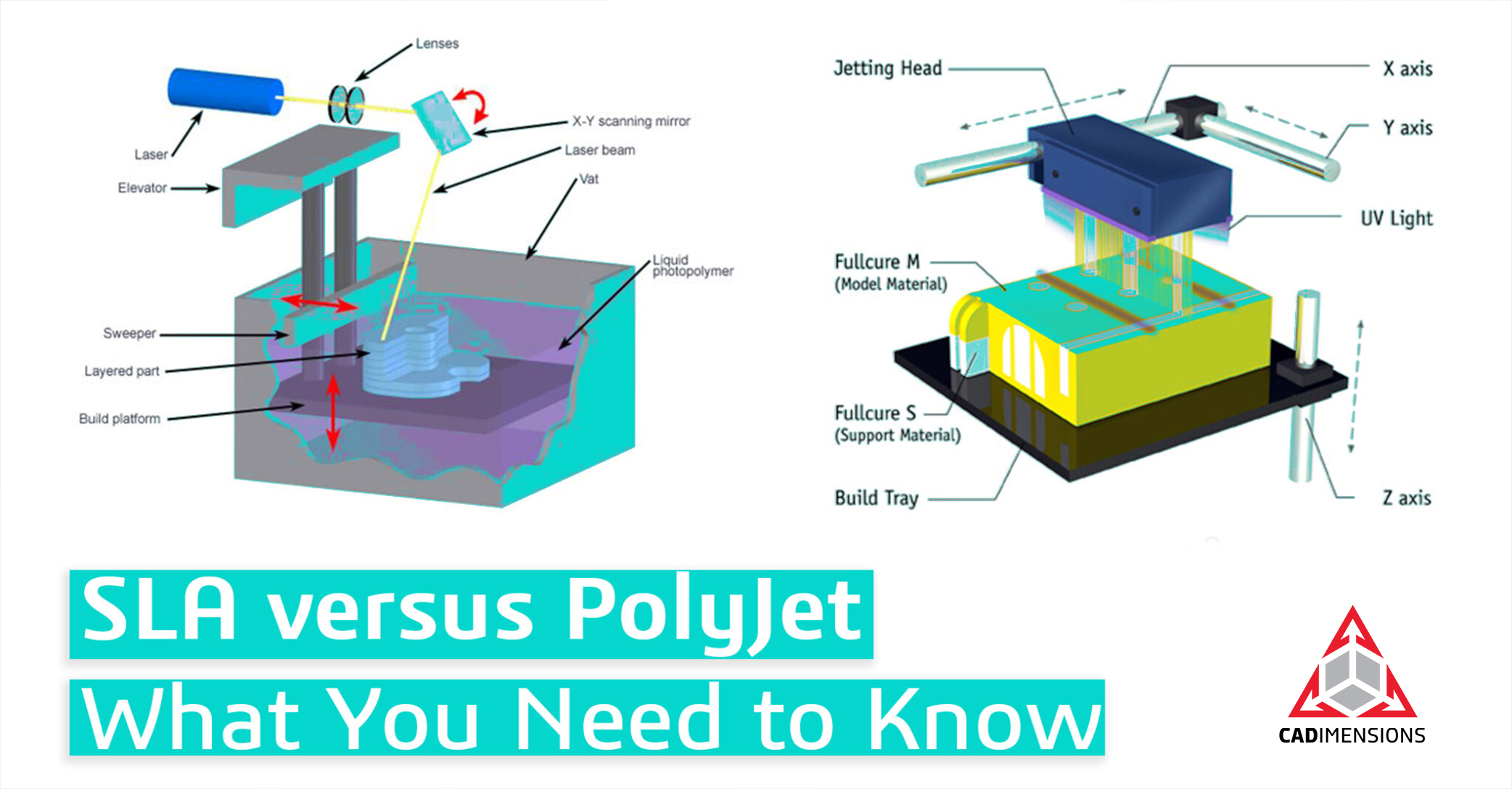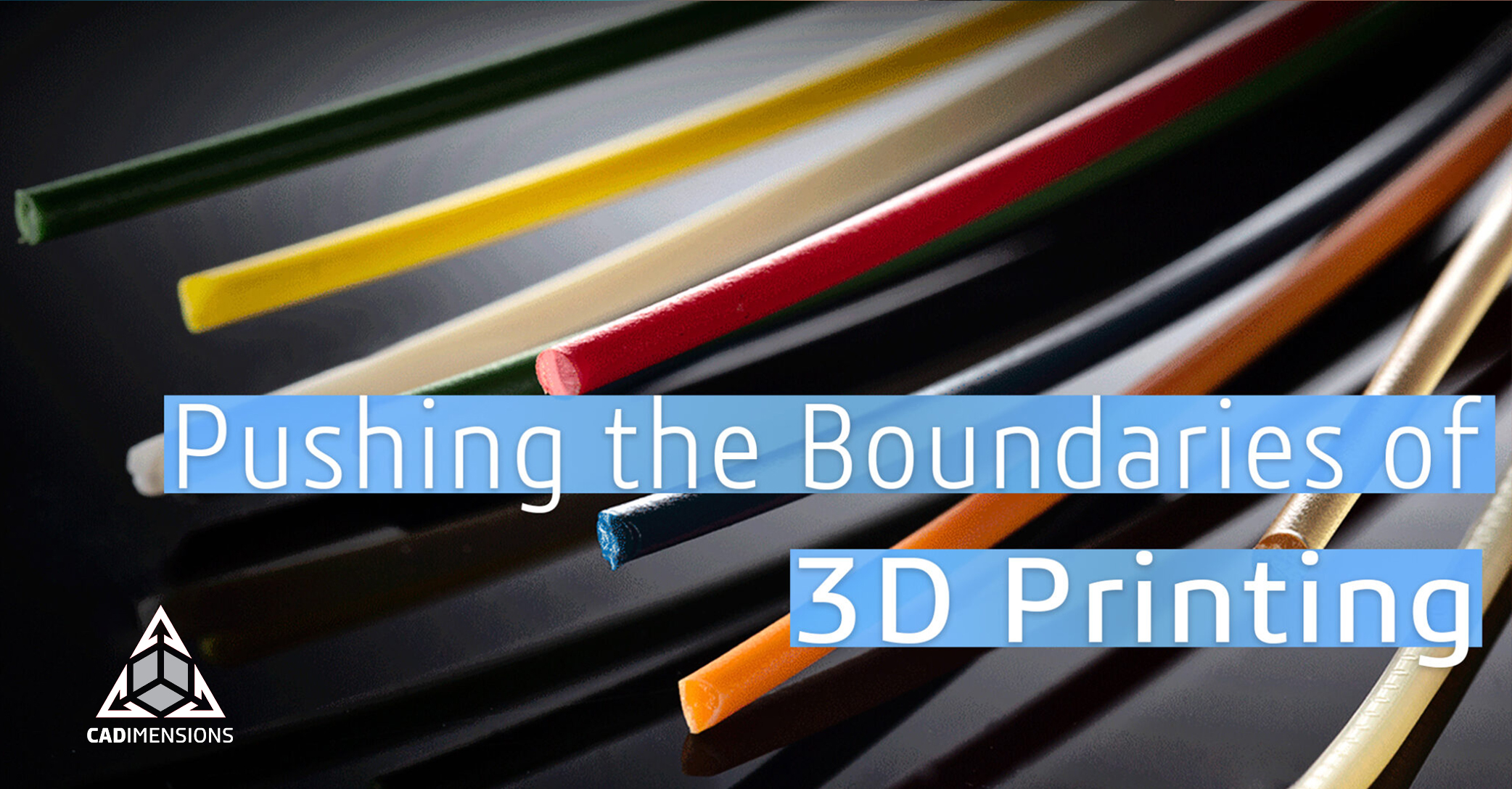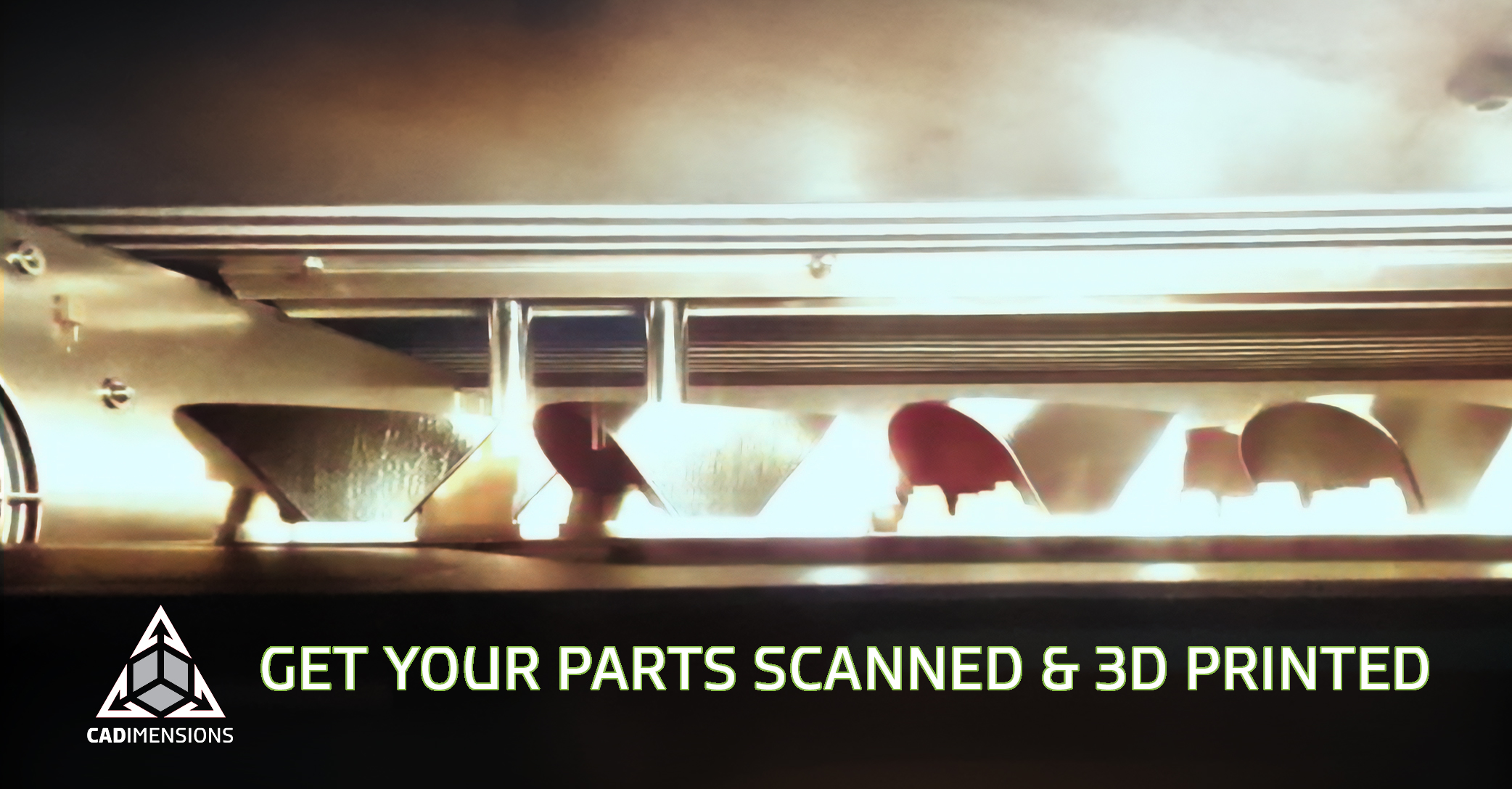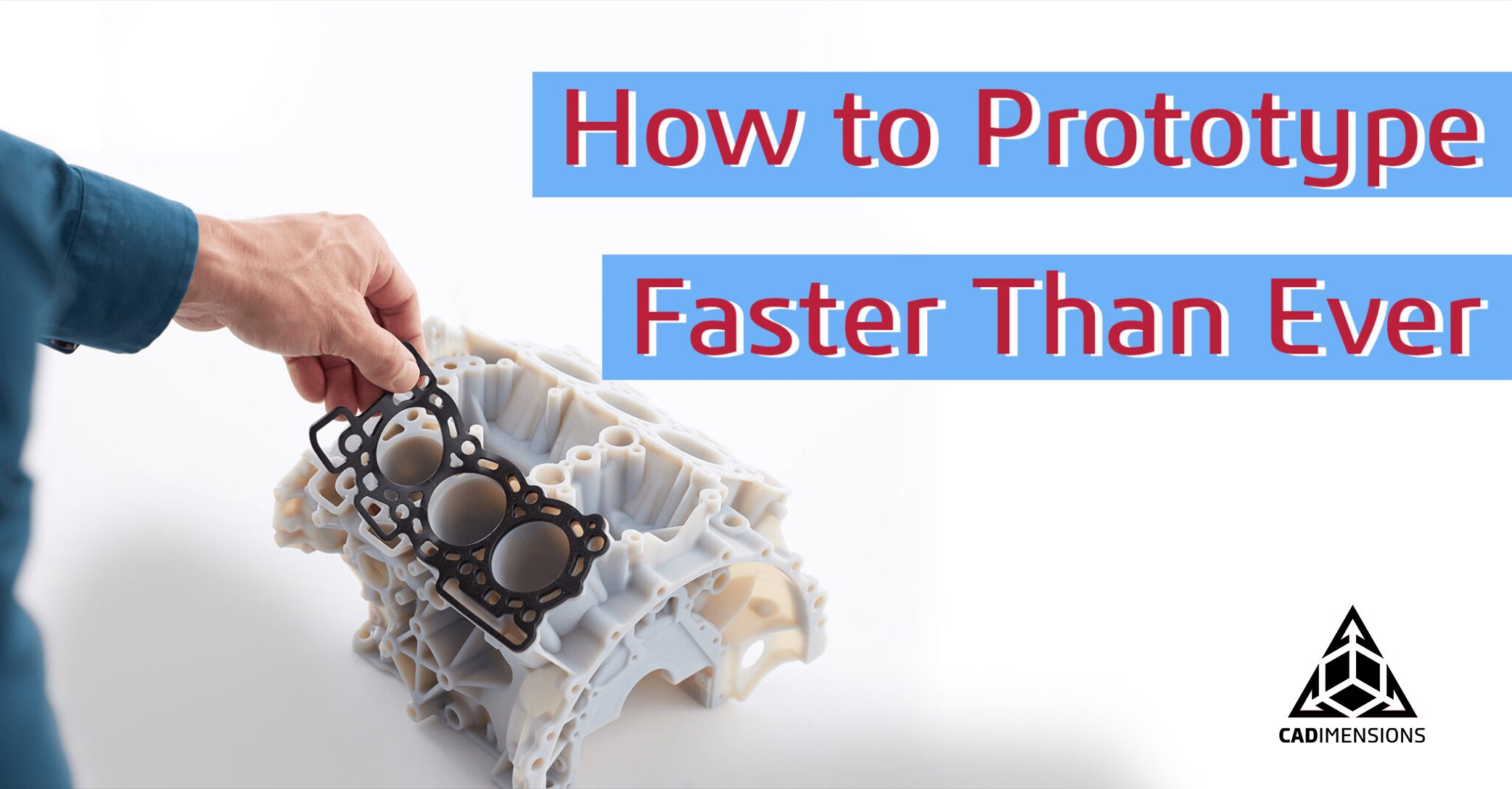The Top 6 Questions Most People Have About 3D Printing
1: Why use 3D printing?
There are many reasons to have parts 3D printed. The most common reason is to prototype and verify design details prior to investing in production tooling. Often times it is much cheaper to have a handful of parts 3D printed in order to evaluate a physical model before investing large amounts into tooling. Another major reason people turn to 3D printing is to free up machine shop time. It is common for machine shops to have large backlogs of parts they need to make. Instead, 3D printing some of those parts reduces the strain on the machinist. Additionally, 3D printers can run overnight without an operator present, allowing users to make more parts in less time.
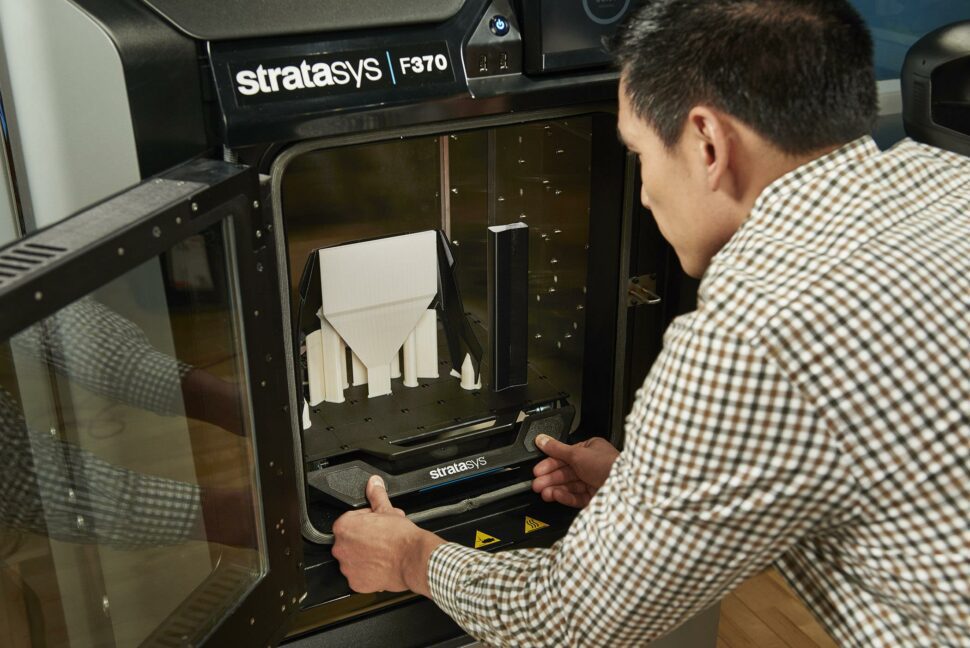
2: What do these print options mean: FDM vs. PolyJet?
At CADimensions, we offer two methods of 3D printing. The most common, and the one most people recognize, is FDM or Fused Deposition Modeling. This style of 3D printing uses extruded layers of thermoplastics to produce parts. There are a wide variety of materials available with various properties which makes FDM printing applicable in many settings. You can usually recognize an FDM part by its characteristic layer lines.
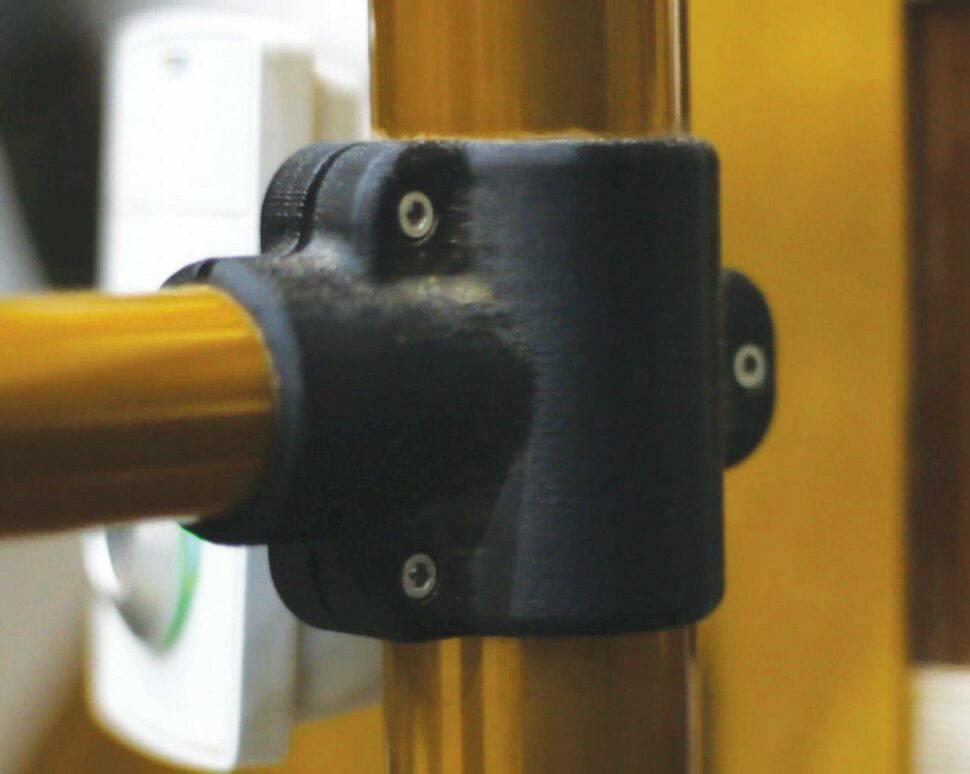
The second method of 3D printing we offer is Polyjet. Polyjet printing uses a liquid resin jetted out of piezoelectric print heads. Each resin layer is then cured with a UV light to build parts. Polyjet parts are able to be printed with a much finer layer resolution, making it a great choice for highly detailed parts. One trade-off of utilizing Polyjet printing is that parts can be brittle and weak compared to parts made via FDM. Because of this, CADimensions typically does not recommend Polyjet for functional parts that require strength.
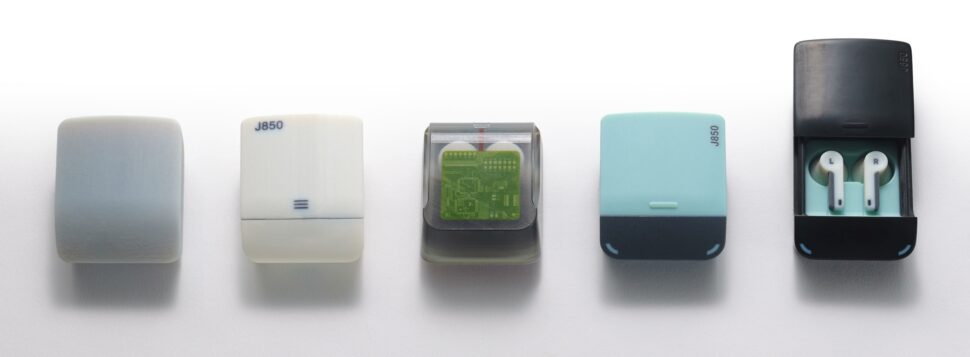
3: What do these infill settings mean, and which one should I use?
With FDM 3D printing we can alter the infill structures within parts in order to optimize for strength or weight reduction. We offer 3 different infill settings on our auto-quoting tool: solid, sparse, and double-dense.
Solid: The inside of the part will be filled with solid material. This option is typically the strongest; however, because it uses the most material, it is also the heaviest and most expensive option.
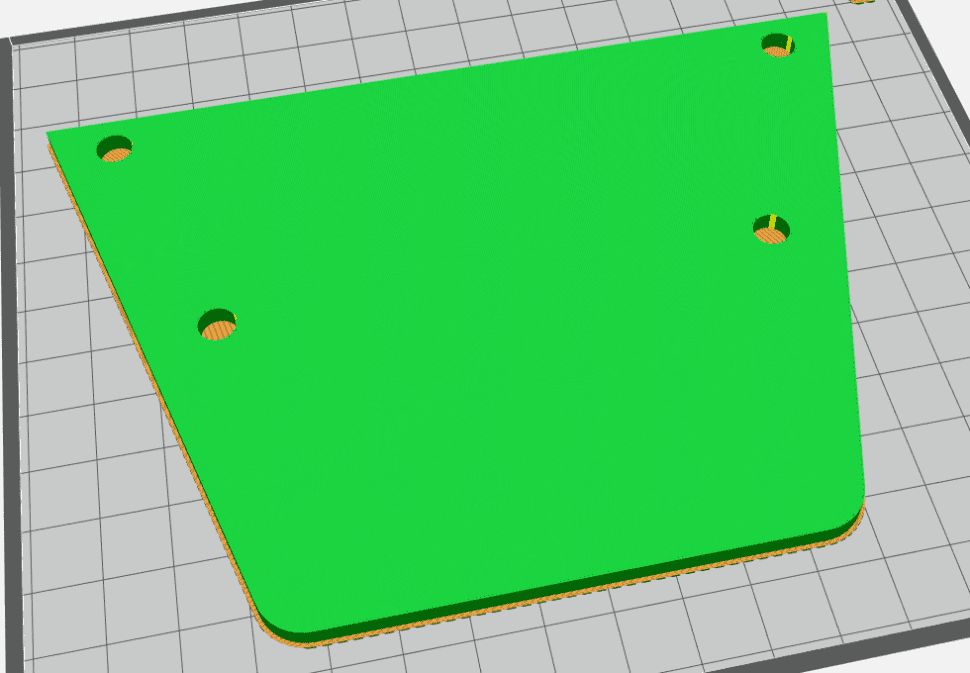
Sparse: This setting fills the inside of the part with a lattice structure with a density of about 18%. This is a great choice to make the lightest part or the cheapest part because it uses the least amount of material.
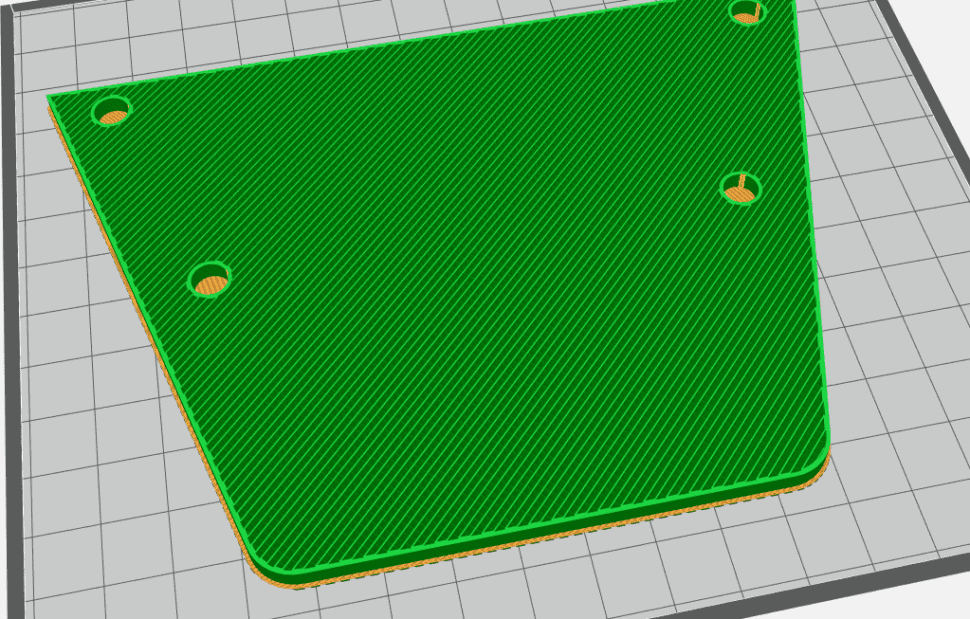
Double Dense: This setting falls in between solid and sparse. It is a great option if you’re looking to lighten the part but still maintain structural integrity. Double dense uses an infill density of about 36% and we find that it is the best choice for weight reduction in parts while still maintaining strength.
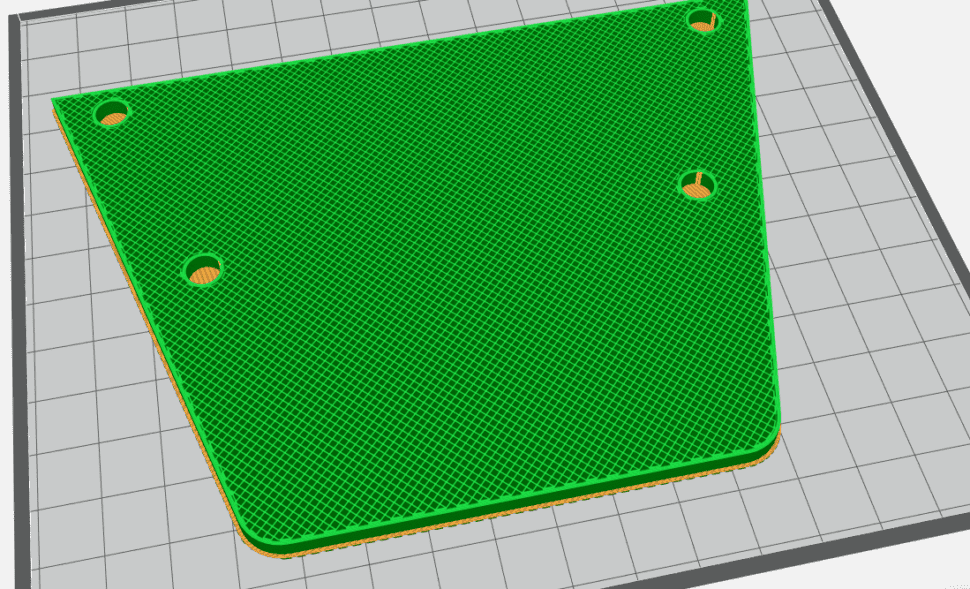
4: Are 3D printed parts Isotropic?
Unfortunately, parts made via FDM are not isotropic. 3D printed parts are stronger when the applied forces are perpendicular to the layer lines. If the applied forces are parallel to the layer lines, you run the risk of layer delamination or separation. Polyjet parts are closer to being isotropic because the layer lines are smaller, yet parts are still stronger when the forces are perpendicular to the layer lines.
5: What kind of tolerances can 3D Printing hold?
Tolerances in 3D printing can be a little complex and geometry-dependent; however, with our Stratasys FDM 3D printers, we typically tell customers we can hold tolerances equal to the layer resolution. This is a bit of a conservative estimate but it is a good rule of thumb if you need to hold specific tolerances.
With Polyjet printers we print with a liquid resin jetted at the droplet level allowing printers to hold relatively tighter tolerances. Our J850 has an accuracy of ±100µ for parts under 100mm and ±200µ or .06% of part length, whichever is greater, for parts above 100mm. If you need your parts to be highly accurate, Polyjet might be the technology of choice.
6: Are there any design changes I should consider to help my part print better?
Yes, absolutely! As with traditional manufacturing, there are certain process properties you should consider when designing your parts. We’ll be discussing design tips for FDM because it’s the most common print choice and has only a few simple things to consider. One of the easiest adjustments to consider when designing a part for additive manufacturing is over-hangs in the part. 3D printing builds parts layer by layer, from the ground up. Because you can’t print on air, over-hangs are crucial to consider. Stratasys uses a soluble support material to build supports for overhanging features in parts. While these supports make virtually any geometry possible to print, you can optimize parts to print faster and cheaper if you design the part with, what we refer to as, self-supporting angles. Typically if you design parts with overhang angles of 45 degrees or higher you can greatly reduce the amount of support used and improve part quality. Below are examples of self-supporting angles.
If you have more questions or if you need more insight, please feel free to contact us at csb@CADimensions.com. We will be happy to assist you with any 3D printing questions you may have!
